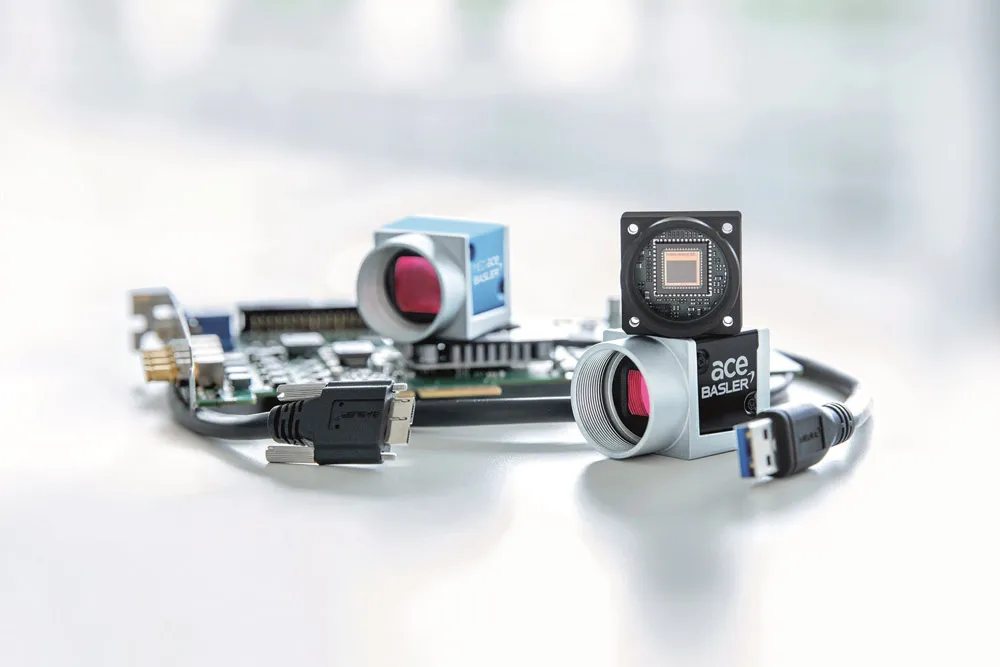UK LED lighting specialist Gardasoft Vision has been acquired by Optex of Japan and will become a wholly-owned subsidiary.
Founded in 1999, Gardasoft specialises in the design and manufacture of high performance pulse/strobe controllers for LED lighting and high intensity LED illuminators, providing solutions to the global machine vision and intelligent traffic automatic number plate recognition markets.
Being part of Optex will allow Gardasoft to extend the applications of its new Triniti technology
May 19, 2016
Read time: 1 min
UK LED lighting specialist 6965 Gardasoft Vision has been acquired by 8191 Optex of Japan and will become a wholly-owned subsidiary.
Founded in 1999, Gardasoft specialises in the design and manufacture of high performance pulse/strobe controllers for LED lighting and high intensity LED illuminators, providing solutions to the global machine vision and intelligent traffic automatic number plate recognition markets.
Being part of Optex will allow Gardasoft to extend the applications of its new Triniti technology which provides expert control, operational intelligence and full integration of machine vision lighting within a plug and play environment. Both companies are looking to work together to exploit wider product and market synergies.
Gardasoft Vision will continue to trade and promote under its existing name and branding.
Founded in 1999, Gardasoft specialises in the design and manufacture of high performance pulse/strobe controllers for LED lighting and high intensity LED illuminators, providing solutions to the global machine vision and intelligent traffic automatic number plate recognition markets.
Being part of Optex will allow Gardasoft to extend the applications of its new Triniti technology which provides expert control, operational intelligence and full integration of machine vision lighting within a plug and play environment. Both companies are looking to work together to exploit wider product and market synergies.
Gardasoft Vision will continue to trade and promote under its existing name and branding.










